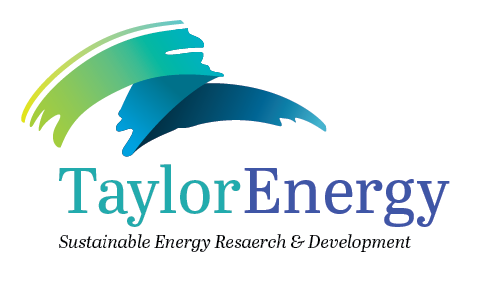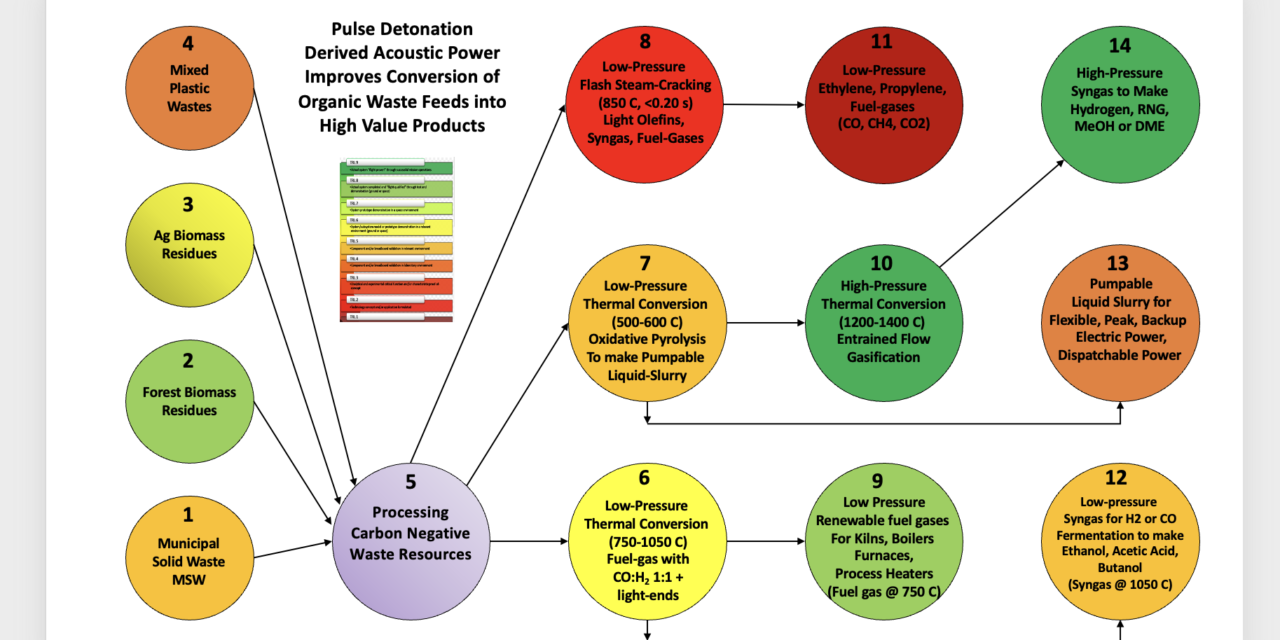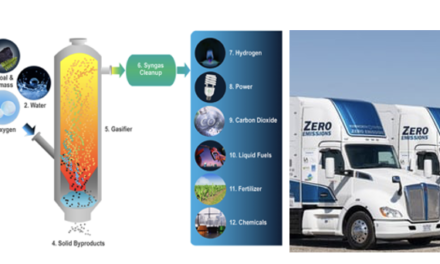The research team will evaluate multiple potential deployment paths that would use the innovation to improve different types of process outcomes. The graphic above summarizes carbon negative energy feedstock targets (1, 2, 3, 4) and the carbon negative processing paths that lead to key energy applications (9, 10, 11, 12, 13, 14) through use of low-pressure thermo-catalytic conversion methods (6, 7, 8).
Our research focus will accomplish proof-of-concept for path #6, to achieve low-pressure biomass conversion to make syngas composed of CO, H2, CO2, and other low molecular weight gases. Developing path #6 also helps advance paths as well. For example, #7, #10, & #14 is an optimum path that leads to high-pressure syngas enabling higher value products. Note the color-code below indicates technical readiness; dark green is commercially ready, whereas red requires more R&D.
Our research team will focus on fundamental aspects required to accomplish Path #6, low-pressure thermal conversion of biomass into syngas, which needs a simple cost-effective feeder to input biomass against <2-atmospheres of back-pressure that exhibits a novel kicking action: the pressure is measured as high/low fluctuations having kinetic energy (mv2) and momentum (mv), both generated as acoustic power at 30 Hz.




